No products in the basket.
Blog
Geotextile Membranes Explained
What Are Geotextile Membranes?
Geotextile membranes are a type of fabric that can be installed into the ground to create a protective membrane. They can be used in a wide range of situations and have many benefits, from landscaping projects to construction, but are typically found in drainage and engineering projects. They are also commonly known as “Terram” (a brand specialising in geotextile membranes) or geotextiles. A bit like calling a vacuum cleaner a “hoover”.
Different Uses for Geotextile Membranes
Drainage Geotextile Membranes
The most common use for geotextile membranes is in drainage projects, such as land drains and soakaways. The membrane can be used to line a land drain hole or soakaway pit before the soakaway crates are installed to prevent debris from entering and clogging up the system which would reduce it’s working life span. They can also be used by wrapping them around perforated underground drainage pipes and land drains, like a French drain, once again to prevent silt or debris from entering the drainage system and causing blockages.
Filtering Debris From Drains
Geotextile membranes are excellent in separation filtration mechanisms, where they can prevent debris or large particles from passing into the drain while still allowing for water to flow through – this is important in preventing issues like flooding. Permeable drainage geotextile membranes can also allow you to sort particles, as it’s “needle punched” meaning it has tiny holes, letting smaller particles slip through while large particles are prevented from doing so. It can even assist in promoting a lateral flow of drainage water and run-off, as the membrane can dissipate the kinetic energy when groundwater rises, causing it to run off laterally instead of flooding.
Horse Arenas
For this purpose a thicker heavy duty non woven membrane is required, usually a minimum of 300GSM, however 500GSM is the recommended gauge. This is due to the heavy traffic that the membrane will encounter in horse arenas. It would be installed between the sand and the sub layer to stop the sand from mixing in with the aggregate below.
Separating Types of Aggregates
Geotextile membranes can be useful in separating two types of soil and aggregates that you don’t want to mix, particularly when water is running through them. Different kinds of soil can have different consistencies, leading to fine particles being washed away amid rainfall into the percolation channels. The mixing of soil can cause the ground to become uneven, and even sink as small particles are washed down between the bigger particles. It will also stop different aggregates from mixing together and preventing loss of the aggregates.
Geotextile membranes can prevent this by not allowing the smaller particles to become displaced even during rainfall. Additionally, this can prevent drainage channels within courser soil from becoming blocked by smaller particles, reducing the potential for standing water and flooding after rainfall. Common examples would be used between sand and pebbles on gravel driveways to stop the pebbles disappearing within the sand, or between type 1 MOT, or granular stone layers and a sand layer on top, preventing the sand from disappearing into the hardcore below.
Protecting Against Erosion
Protection geotextile membranes are often used in coastal areas between the beach and coastal defence projects to prevent erosion. The membrane must be strong enough that the costal defence project can’t damage it, but permeable enough to allow for drainage to happen. Specialist membranes are usually required for this purpose as they have to be super strong so as not to tear on the defence materials, such a gabions. It also has to be permeable enough to allow enough water to get through to allow the water drain properly.
Weed Membranes
Weed control fabrics are another type of geotextile membrane and can be used to protect plants, as the plant is allowed to grow while weeds are prevented from doing so, removing competition between species for space and nutrients. Allowing the plants you want to grow to get more nutrients themselves, rather than the weeds sucking them up!
They can also be used as barrier is being used to contain a harmful substance like at landfill sites for example, from contaminating the area.
Reinforcement in Construction, Drainage and Engineering Projects
Finally, ground reinforcement membranes are often used for reinforcement in engineering and building projects – specifically, woven geotextiles are good for ground stabilisation and ground reinforcement solutions due to their high geotextile strength. For instance, woven geotextiles are useful for reinforcing embankments and roads built on unstable soils, allowing for the construction of steeper inclines and providing greater ground stabilisation. Additionally, cross hatch geotextile membranes can hold layers of soil or ground in place, and are especially useful for retaining the shapes of ditches and drains. These are usually called a biaxial geogrid although you can buy triaxial geogrids too.
Types of Geotextile Membrane
There are different kinds of geotextile membrane that are each well suited to particular applications. They are typically categorised as being either permeable or impermeable.
Permeable Geotextile Membranes
These allow water to flow through tiny holes in the membrane, and can come in both woven and non woven varieties, with each kind having different benefits and drawbacks.
Woven permeable membranes are created by weaving together individual strands to make a single, unified membrane. Woven geotextile membranes aren’t as porous, meaning they aren’t as effective in drainage systems. However, they have high load capacities and can be put to use in erosion control and reinforcement projects. They’re also usually cheaper to buy, and perfect for use underneath patios or asphalt.
On the other hand, non woven membranes are made by bonding together synthetics and punching holes into the membrane, allowing for better drainage. Non woven membranes are most commonly the ones used for French drains and soakaway crates. Non woven membrane is often referred to as ‘Terram’ within the industry, although Terram is just the brand name and many other brands are available,
Impermeable Geotextile Membranes
Impermeable membranes allow no water to pass through, making them an excellent choice for any kind of project in which you want to keep water in a specific place, or prevent water from flowing into a certain area. Such as in attenuation tank systems.
How To Install A Geotextile Membrane
Installing geotextile membranes is a simple process, that involves only a few straightforward steps. Of course, this process will vary depending upon your project. We have another blog post called “5 Tips for Laying Geotextile Membrane Flawlessly” so check that out for more tips on how to actually install the products.
Author Bio
Nathan Wilde
Nathan has been in the drainage and plastics industry for over 12 years. Having worked for both builders’ merchants and major manufacturers Nathan has gained a significant amount of industry and product knowledge. Now at EasyMerchant Nathan has dedicated himself to making trade’s people’s lives easier.
Shop Geotextile Membranes:
Sale!
Sale!
(12)
From £17.89 Excl. VAT
(28)
From £228.03 Excl. VAT
(1)
From £41.59 Excl. VAT
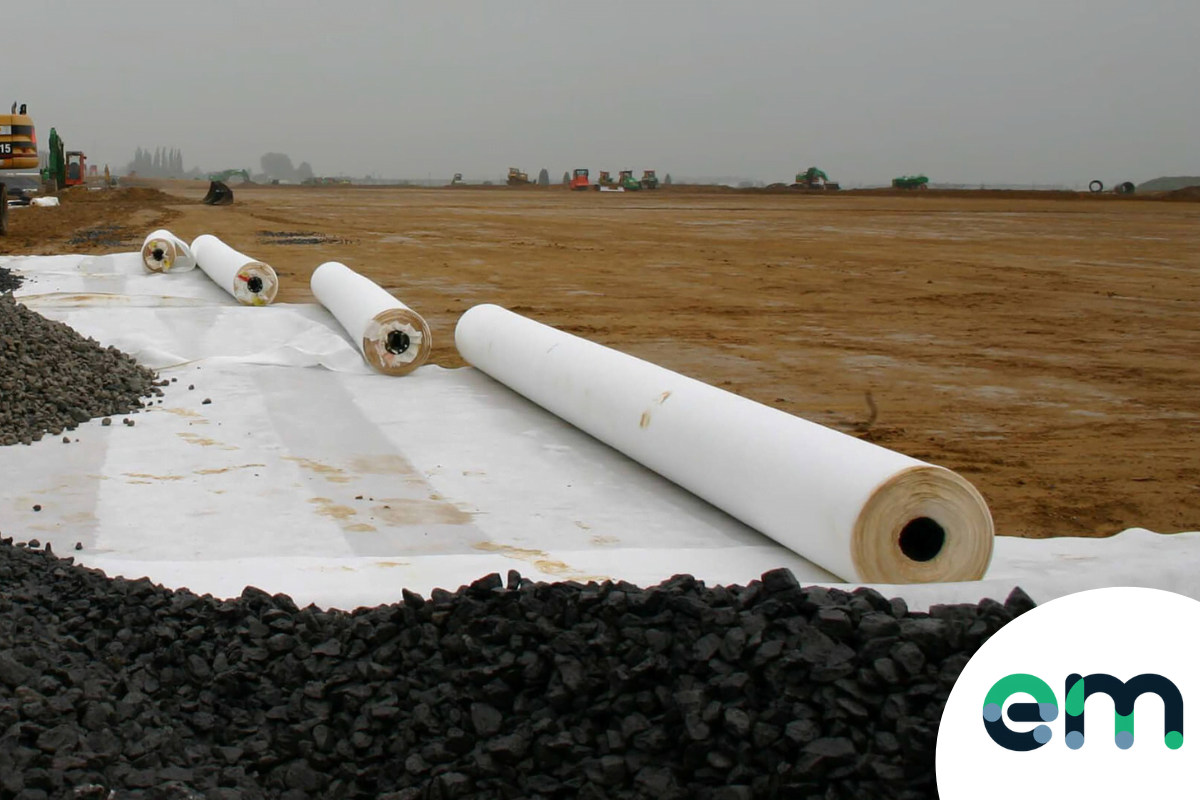
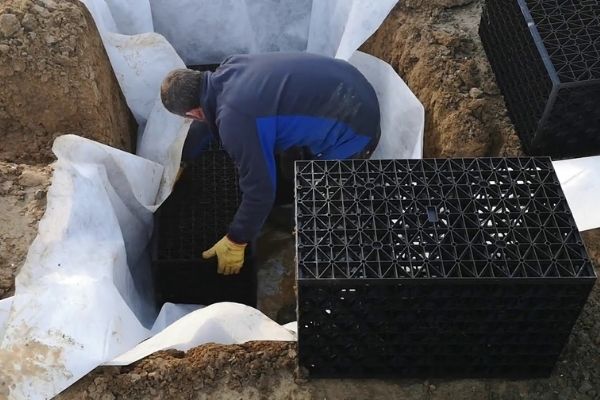
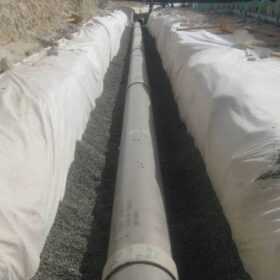

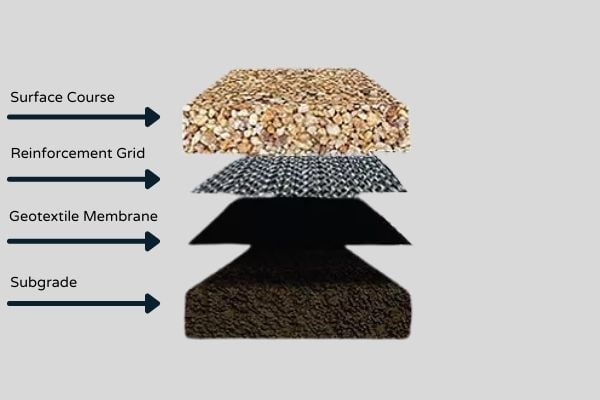
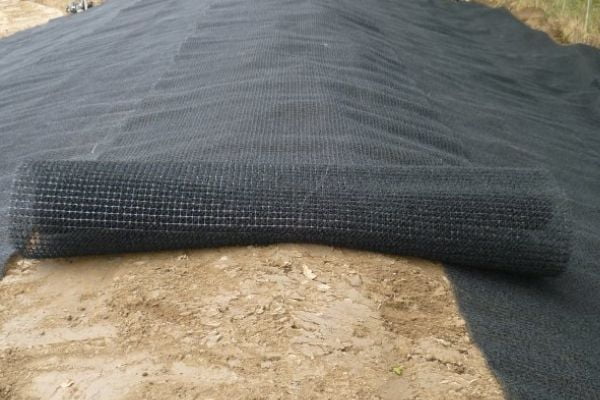
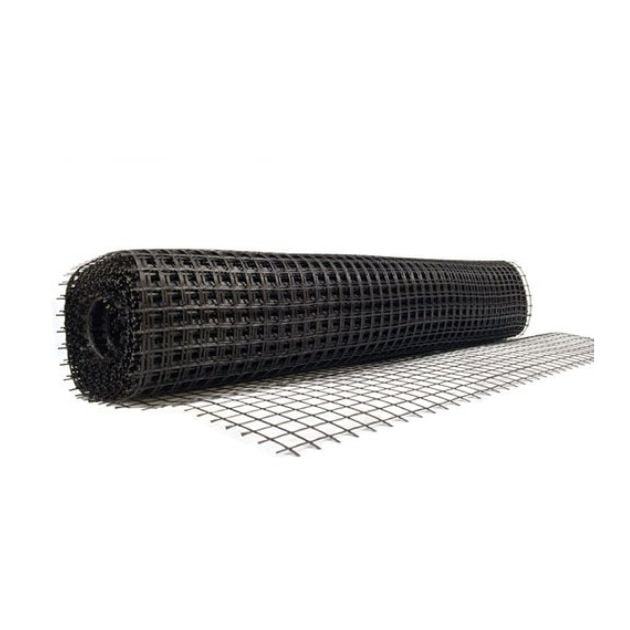
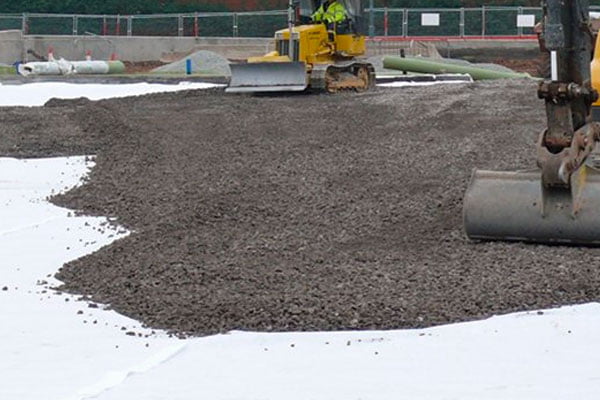
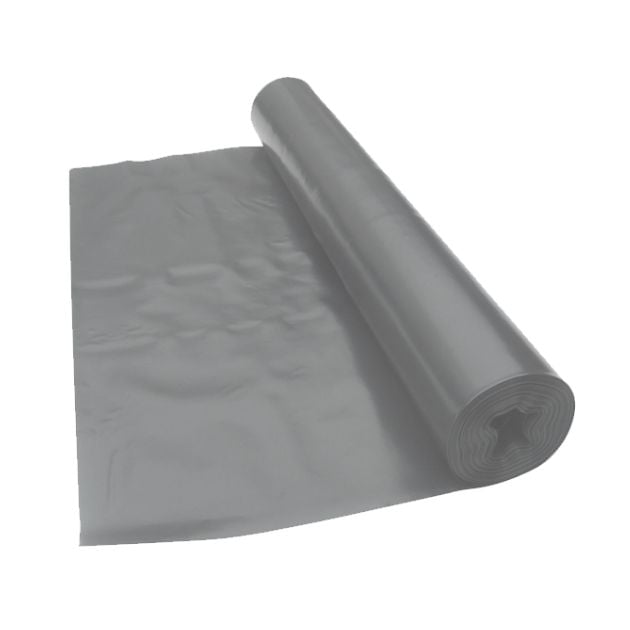

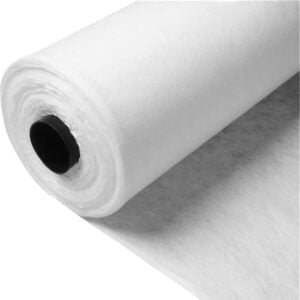
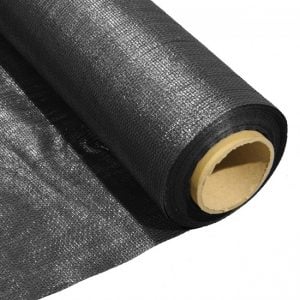
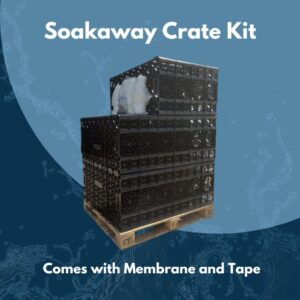
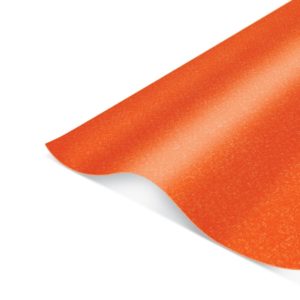
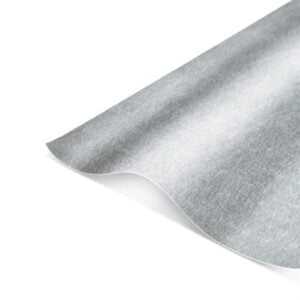
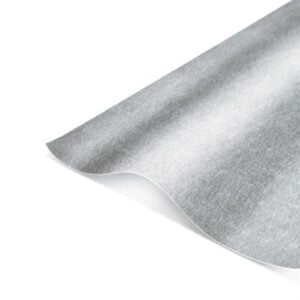
geotextile fabric stabilizes the ground by spreading loads over a larger area.
I’m looking for a 500gsm non woven membrane . 800-1000 sq mtrs. What can you recommend